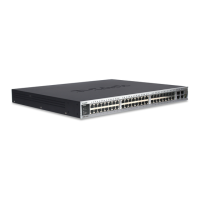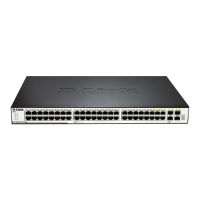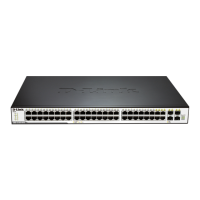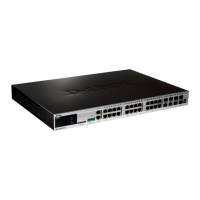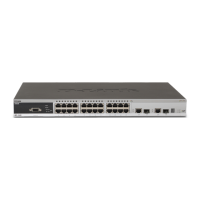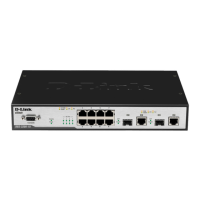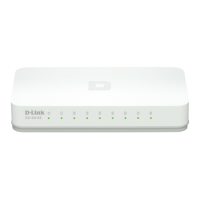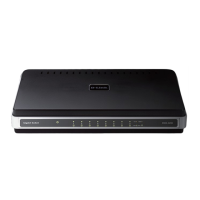50 Log Configuration
50.1 Overview
During the operation of a device, various state changes occur such as the link status
up/down, and various events occur such as receiving abnormal packets and handling
exceptions. Our product provides a mechanism to generate packets of a fixed format (log
packet) in case of status change or event occurring. These packets can be displayed in
related windows (such as console and VTY) or recorded in related media (memory buffer,
FLASH), or sent to a group of log servers in the network for the administrators to analyze
and locate problems. Meanwhile, in order to make it easy for administrators to read and
manage log packets, these log packets can be labeled time stamps and serial numbers, and
is graded according to the priority of log information.
50.1.1 Log Packet Format
The log packet format of Rujie products is as follows:
<priority> seq no: timestamp sysname
%ModuleName-severity-MNEMONIC: description
They are: <priority> Sequential number timestamp device name module name-severity
– information type: abbre: information contents
Priority value = Device value *8 + Severity
Example:
<189> 226:Mar 5 02:09:10 S3250 %SYS-5-CONFIG_I: Configured from console by console
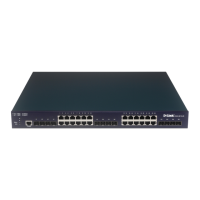
